Search Images
Browse Content (p. 1531)
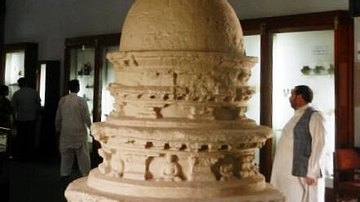
Image
Cast of Commemorative Stupa, Taxila
The original stupa is still in its location at the Mohra Moradu Monastery complex and a plaster cast of it has been placed at Taxila Museum. It depicts an exaggerated version of a stupa built to commemorate a high level monk at the monastery...
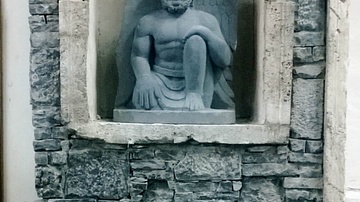
Image
Reconstruction of Gandharan Architecture
A wall panel recreated using typical materials and decorative techniques at Quaid-e-Azam University to showcase Gandharan Architecture for students. The panel contains a structural wall created using typical small diaper masonry, with some...

Image
Sath Graha Temple (Side)
One of the temples at the Sath Graha section of Katas Raj, Chakwal, Punjab, Pakistan, an ancient Hindu site dedicated to the worship of Shiva and prior to that a Buddhist site as well. This particular building is dated approximately to 650-900...
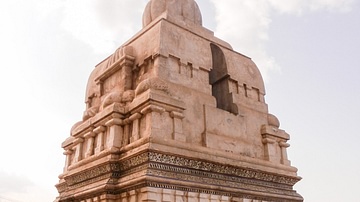
Image
Sath Graha Temple (Front)
One of the temples at the Sath Graha section of Katas Raj, Chakwal, Punjab, Pakistan, an ancient Hindu site dedicated to the worship of Shiva and prior to that a Buddhist site as well. This particular building is dated approximately to 650-900...
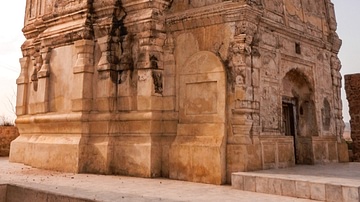
Image
Sath Graha Central Temple
The main central temple at the Sath Graha section of Katas Raj, Chakwal, Punjab, Pakistan, an ancient Hindu site dedicated to the worship of Shiva and prior to that a Buddhist site as well. This particular building is dated approximately...
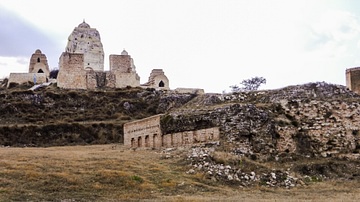
Image
Sath Graha at Katas Raj
Sath Graha or Seven Temples in the background with ruins of the Buddhist era stupa in the fore. The Temples date to the Hindu Shahi period (615-950 CE) and the Stupa is from the Asokan period at its earliest as described by Cunningham but...

Image
Seekers of the Seven Cities of Gold
Artist's impression of how Coronado's expedition may have looked, titled "Seekers of the Seven Cities of Gold, Coronado in the Chiricahaus".
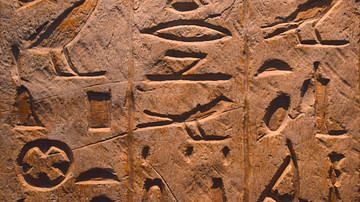
Image
Egyptian Hieroglyphics
Egyptian hieroglyphic inscription on wood, from the tomb of the general Horemheb. Saqqara, Egypt, c. 1300 BCE. Louvre Museum, Paris, France.
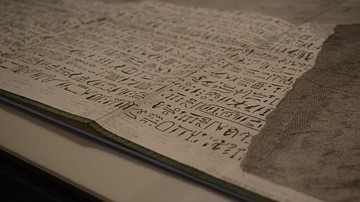
Image
Champollion's notes from the Rosetta Stone
This is a copy of the Rosetta Stone with some hand notes made by Jean-François Champollion.
This photo was taken at the Neues Museum, Berlim.
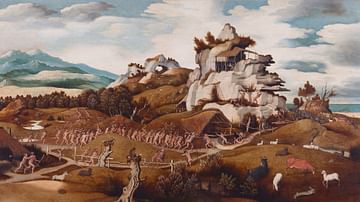
Image
Coronado attacking Zuni-Cibola
"Landscape with an episode from the Conquest of America" (Haarlem, c. 1545); oil on panel by Jan Jansz Mostaert; first painting showing the Spanish conquest of America - probably Coronado in New Mexico attacking Hawikuh (the Zuni ruins believed...